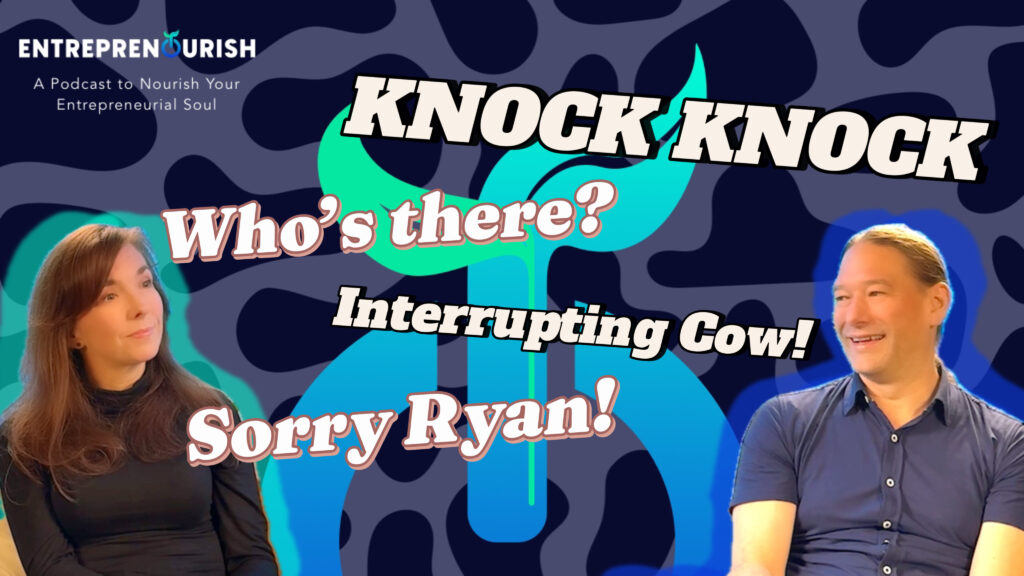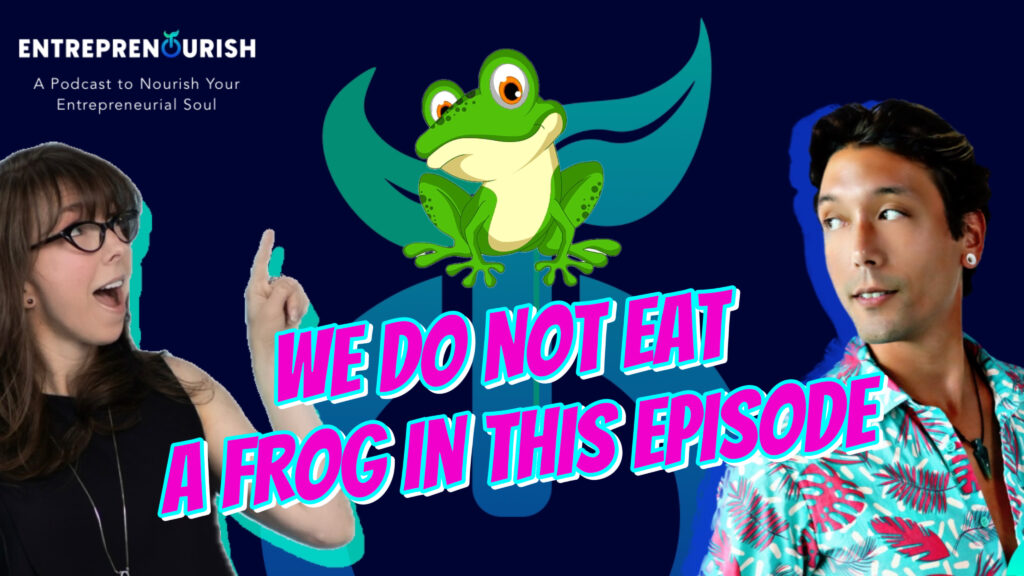AI Isn’t Coming for Small Business—It’s Already Here (and It’s Working Overtime)
AI Isn’t Coming for Small Business—It’s Already Here (and It’s Working Overtime) A little candor here: Artificial Intelligence isn’t lurking on the horizon like some distant disruptor. It’s already deep in the trenches—streamlining operations, rewriting how we hire and retain talent, and freeing up small business owners from the tyranny of inefficiency. And no, you don’t need a six-figure IT budget or a team of engineers in matching hoodies to make it work (though we love those). At BOSS.Tech, we’ve seen firsthand how AI is shaking up the small business workplace—and we’re building the tools to make that transformation accessible, automatic, and honestly? A little magical. 🚀 AI Isn’t a Luxury. It’s Your New Competitive Advantage. The myth that AI is only for tech titans is…well, outdated. Today’s smartest small businesses are turning AI into their secret weapon—and it’s paying off. We’re talking about: Automated busywork that frees up hours each week. Real-time customer interactions that actually feel personal. Data-driven decision-making without needing a team of analysts. And guess what? Businesses using generative AI are 45% more likely to fill open roles than their tech-averse peers. Why? Because AI handles the heavy lifting—writing job descriptions, screening resumes, and even summarizing candidate interviews. You get to focus on hiring the right people, not just finding them. 👥 The Generational Shift: Millennial and Gen Z Entrepreneurs Are All In It’s no surprise younger entrepreneurs are embracing AI like it’s second nature—because for them, it is. Millennial and Gen Z business owners are 76% more likely to use generative AI than boomers. They’re not scared of change; they expect it. And they’re building businesses that are agile, efficient, and AI-native from the start. At BOSS.Tech, we call that being future-fit. And we’ve designed our platform to meet you wherever you are on that journey—from curious beginner to AI evangelist. 💡 HR Is Being Rewritten—By You, With AI Let’s reimagine HR for a second. What if hiring decisions were based on real data—not gut instinct? What if retention wasn’t a guessing game? What if employee development felt…well, personal? That’s not a wish list. That’s AI-powered HR in action: Predictive analytics anticipate turnover risks before they happen. Generative AI creates onboarding guides, training content, and internal communications without you lifting a finger. Real-time insights help you invest in the right people, in the right way. And because BOSS.Tech integrates your entire business—communications, finances, support, and scheduling—you don’t need a dozen tools to build a powerful, people-first culture. ⚠️ Beware of Faux-AI (It’s Just Glorified Automation) Let’s address the elephant in the chat thread: Not everything labeled AI is actually AI. Some platforms slap on an “AI-powered” sticker when they’re really just using if-then rules from 2003. That’s misleading, and frankly, it sets false expectations that hurt everyone—especially small businesses trying to do more with less. True AI learns. It adapts. It empowers. And it shows its work so you can trust its outputs. At BOSS.Tech, we believe in radical clarity—real AI tools that sync your software, simplify your workflows, and surface insights you can act on. No black boxes. No smoke and mirrors. 🧠 AI Won’t Replace Coders. It’ll Empower the Creators. Here’s the deal: AI can write code. It can even write pretty good code. But it still needs humans to make it useful. Think of it like a sous chef in your startup kitchen—it can chop, prep, and plate faster than ever, but you’re still designing the menu. That’s not replacing creativity. That’s unlocking it. Teaching our kids to code? Still crucial. But now, they’ll learn to collaborate with AI instead of building everything from scratch. That means more people, with more ideas, building better solutions in less time. Coding jobs aren’t vanishing—they’re evolving. And we’re here for it. Final Thought: AI Isn’t the Future. You Are. Small businesses aren’t playing catch-up anymore. You’re leading the charge—building faster, smarter, and with more heart than ever before. And with tools like BOSS.Tech, AI isn’t some expensive experiment—it’s your next unfair advantage. So go ahead: delegate the drudgery. Automate the obvious. Save your brainpower for the bold stuff. Let AI handle the hustle. You stay the boss. Want to see how BOSS.Tech makes all of this real? 🚀 Check out BOSS.Tech and put AI to work—on your terms.
AI Isn’t Coming for Small Business—It’s Already Here (and It’s Working Overtime) Read More »









